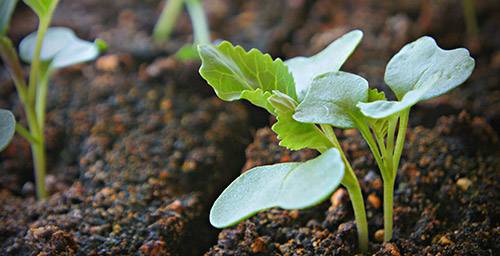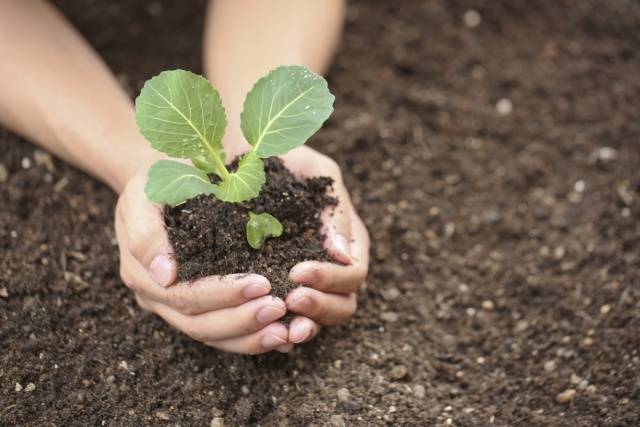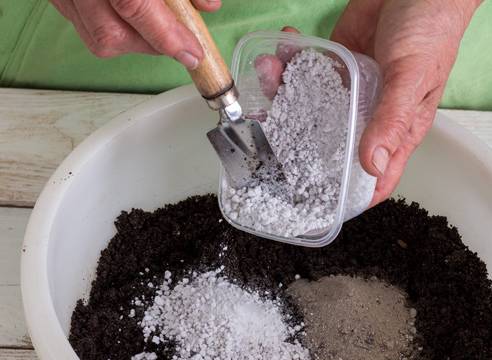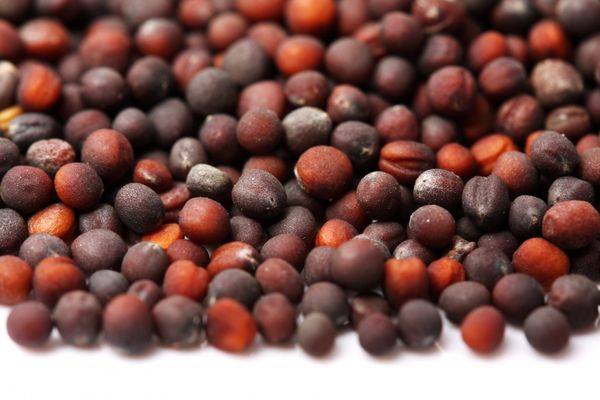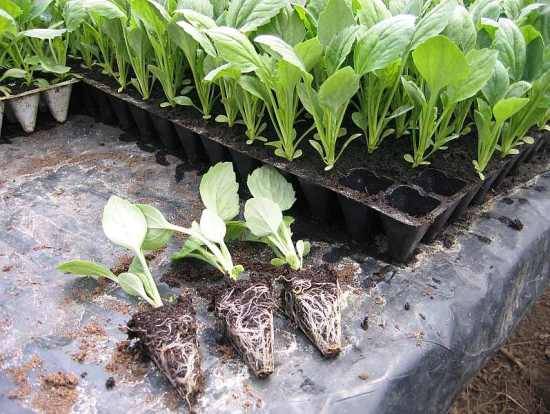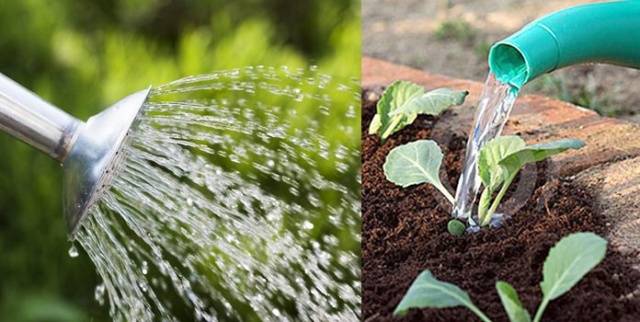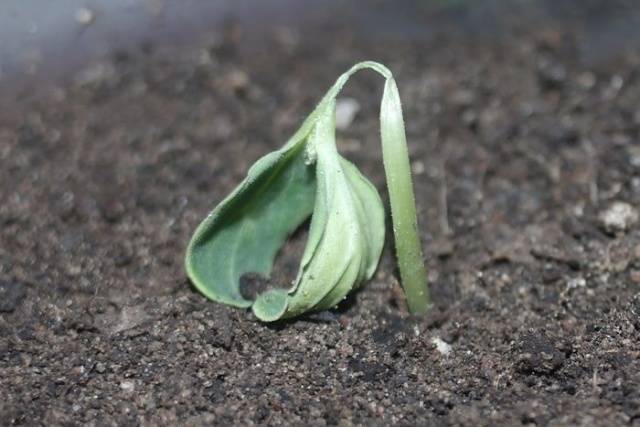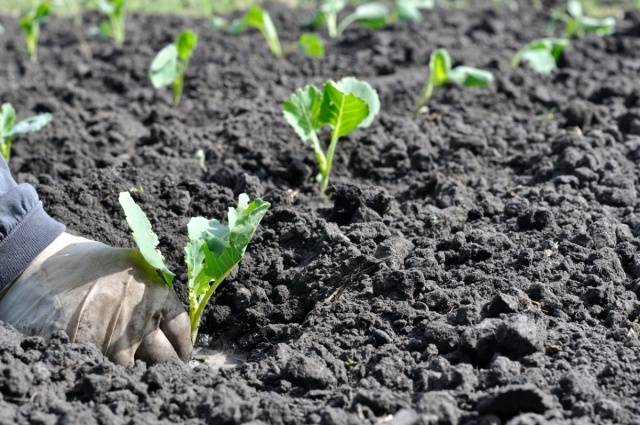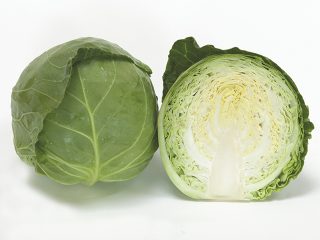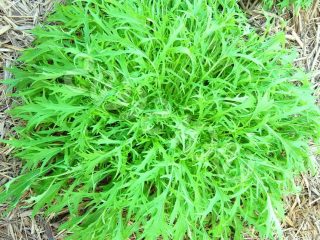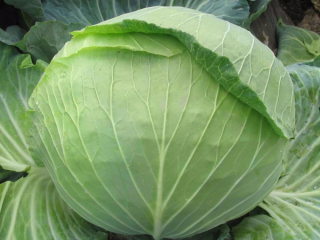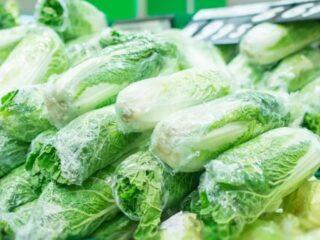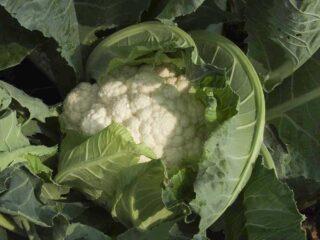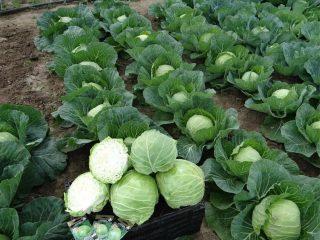Content
Many gardeners grow at least one variety of cabbage on their plot. Recently, this culture has become even more popular. broccoli, cauliflower, Peking, kohlrabi, white cabbage - all these varieties have their own unique taste and beneficial properties. Most varieties can be grown even in cold climates.
In warm areas, cabbage can be grown from seeds, but even there the seedling method will be more effective. So, you can get a more generous harvest. Unsuitable conditions and night frosts can easily destroy tender young shoots. Therefore, experienced gardeners prefer to grow cabbage using seedlings, which will already be well established by the time of planting. But in order to grow good seedlings, you need to know some subtleties, for example, how to prepare seeds for sowing, when to plant cabbage seedlings in 2024 and how to grow cabbage seedlings. Answers to these and other questions related to growing seedlings can be found in this article.
Setting the stage
Before you start sowing seeds, it is necessary to carry out some preparatory work. The first step is to prepare all the necessary equipment and materials.The next step is preparing the soil. It primarily determines how strong and healthy the seedlings will be. Garden soil is not suitable for these purposes. There is a high probability of the presence of infectious microorganisms in it. If you plant cabbage in such soil, you don’t have to hope for a good result. The plant will get sick in the first stages of growth, which is why it will not be able to grow normally.
In specialized stores you can choose a ready-made soil mixture. For seedlings to grow well, they need light, fertile soil. Peat and sand are also added to it. Gardeners have noticed that the higher the peat content in the soil, the better the seedlings grow. Therefore, some prepare soil mixtures consisting of 75% peat. But the best option would be this composition:
- Sod land.
- Peat.
- Sand.
All components are mixed in equal quantities, and an excellent loose soil is obtained for growing seedlings. There are other options for preparing the soil. For example, instead of sand, you can add humus. Wood ash also works very well. In this case, add 1 tablespoon of ash per 1 kg of soil. It will not only serve as a feed, but also as a prevention of fungal diseases.
To prepare wood soil for seedlings yourself, you need to bury the wood in the ground in the spring so that the roots are at the top. In summer, this soil will need to be dug up 2 or 3 times. By next spring, the wood soil will be completely ready for use.
Preparing seeds for sowing
Sowing cabbage seedlings is the most important step in growing this vegetable.But for it to be successful, it is necessary to prepare high-quality seed material. You should only purchase cabbage seeds for seedlings in 2024 from trusted stores that take care of storage times and rules. Pay attention to the seed manufacturer, and also look at reviews about it. Be sure to check the shelf life when purchasing seeds.
The further preparation process involves calibration and processing of the material. First, all the seeds are sorted out, leaving the largest ones. Next, disinfection and saturation with microelements are carried out. These procedures will help the seeds sprout faster.
So, to prepare the seeds for planting, you need to complete the following steps:
- place the seeds in water preheated to fifty degrees and keep them there for about 20 minutes;
- drain the warm water and soak the seeds in cold water for 60 seconds;
- leave overnight in a solution of mineral fertilizers;
- Keep the seed in the refrigerator for 24 hours.
Now all that remains is to dry the seeds a little and you can start planting. Seeds collected independently need this treatment most of all. Seed packages usually indicate whether they have been processed or not. Most often, purchased seeds are already completely ready for sowing.
When to sow cabbage for seedlings
The timing of planting cabbage seedlings directly depends on the climatic conditions of the region and the specific variety. In any case, the time of planting seedlings in the garden should be taken into account. It takes about 10 days for the seeds to germinate. The ripening of the sprouts occurs within 43–46 days.It turns out that you can grow full-fledged seedlings in 55–60 days. Therefore, when deciding when to plant cabbage seedlings in 2024, consider how long it will take to grow it.
It is very important to pay attention to cabbage varieties when sowing. Early varieties should be planted first. White and red cabbage of early varieties are sown from the second week of March. But mid-season and late-season cabbage should be planted in mid-April.
Broccoli, cauliflower and kohlrabi are usually planted in several passes. The first sowing of seedlings in 2024 is done in mid-March, and all subsequent ones every 20 days. Thus, 3 or 4 landings are carried out. Brussels sprouts begin to be planted in mid-April.
Residents of the southern regions can start sowing much earlier. In such an area, the soil will warm up much faster, and accordingly, replanting into open ground can be done earlier than in the northern regions. In heated rooms and greenhouses, planting cabbage seeds for seedlings begins in February. You can sow seeds directly into open ground no earlier than mid-May.
How to properly plant cabbage for seedlings
Methods for planting cabbage seeds for seedlings depend on the container chosen. Some of them require further picks in separate cups, and some not. To sow seeds with picking, it is necessary to prepare special boxes no more than 6 cm in height. The prepared soil mixture is placed there, leveled and watered. Next, furrows are made in the soil about 1 cm deep and the seeds are placed there.Not everyone knows at what distance to plant cabbage so that it grows well. Although this method involves further picking, you need to plant the seeds at a distance of about 2 cm. Due to the large number of sprouts, they may be weak and small. In the future, the cabbage will still have to be thinned, so it is better to immediately plant it at a normal distance. The seeds are sprinkled with soil on top and compacted a little.
About 2 weeks after the sprouts sprout, you can start picking. This must be done very carefully so that the root system is not damaged. You can move the sprout only with a lump of earth surrounding it.
In order for seedlings to take root well in new containers, it is necessary to maintain the correct temperature. The first couple of days the temperature should not be lower than +17 °C, then it can be lowered to +13 °C.
Not everyone has enough time to pick, especially if there are a lot of seedlings. In this case, it is better to plant cabbage seedlings in special cassettes with cells, boxes with compartments or peat tablets. With this planting method, two seeds are planted in each container. The depth of the hole is the same, approximately 1 cm. After planting, the soil should be watered abundantly. If the seed is of high quality, then both seeds should sprout. In the future, when it becomes clear which of them is stronger, the weak sprout will need to be removed.
Planting cabbage seedlings using the second method is more popular among gardeners. Picking can damage the root system, and the growth of seedlings will be significantly delayed. By planting directly into separate containers, you can save time and effort.Moreover, this method greatly facilitates the further transplantation of sprouts into open ground.
Caring for cabbage seedlings
If the temperature is incorrect and there is no normal lighting, the sprouts will stretch. To prevent this from happening, you need to carefully ensure that the room temperature does not drop below +18 °C. After the first shoots appear, it can be reduced to +8 °C. The place for seedlings should be well lit, but at the same time, direct sunlight throughout the day can be as detrimental as its lack.
Further care for cabbage seedlings consists of the following procedures:
- Regular watering.
- Feeding.
- Ventilation.
- Hardening off seedlings before planting.
The soil should always be moist, so watering should be done as the top layer of soil dries. During seedling growth, two feedings are needed. The first feeding is necessary for plants at the time when the first 2 leaves appear, and the second is done before hardening. Special minerals are used as feed fertilizers.
It is necessary to begin hardening off cabbage sprouts two or three weeks before planting in the ground. This procedure will prepare the plants for temperature changes and winds. Thanks to hardening, cabbage will be able to take root in the garden faster. Initially, the seedlings should be taken outside for just a couple of hours. A week before landing, the time begins to increase. Now the seedlings are not afraid of either the sun or frost. It will easily resist winds and other weather conditions.
Prevention and treatment of diseases
Manifestations of the disease can appear for the most harmless reasons. Excessive watering, low air temperature, and insufficient ventilation can provoke the appearance of fungi and rot. The most common diseases and pests of cabbage seedlings are:
- blackleg;
- root rot;
- cruciferous flea beetle.
When the first signs of damage appear, you must immediately begin to act. To overcome blackleg, you will need to dry the soil in containers, loosen it, and then sprinkle the seedlings with wood ash.
The second option is suitable for combating both blackleg and root rot. The sprouts should be treated with the drug “Trichodermit” or “Rizoplan”. They do not contain harmful chemicals; they are natural biological products. The drug contains spores and mycelium of a specially grown fungus, which, through direct parasitism, eliminates pathogens.
Treating seedlings with these drugs will help develop immunity to diseases. Thanks to the treatment with Rizoplan, the seedlings will become stronger and more resistant to fungi. It promotes better absorption of iron, and helps sprouts fight bacteriosis and various gils.
It is very easy to administer these medications. For example, “Trichodermin” is added to pots with seedlings immediately before picking. For 1 sprout you will need only 1 gram of Trichodermin. Barley grain containing fungal microspores should also be added to the pot. Treating seedlings with Rizoplan is even easier than with the previous preparation. It is simply diluted in water and sprayed on the sprouts. For half a liter of water you will need five grams of the drug.
A common pest of cabbage seedlings is the cruciferous flea beetle.This insect is a small striped bug. Despite its size, it is the most dangerous cabbage pest. To protect seedlings from the appearance of this pest, it is necessary to treat the sprouts with Intavir in advance.
Transplanting seedlings into open ground
Before you start planting seedlings, you need to prepare the area. The soil should be carefully dug up and leveled. Next, make holes in the soil and pour in 1 liter of water. After that, a sprout is placed in each hole and buried at the level of the first two leaves. The soil around the seedlings is lightly compacted and the sprout is watered again. For cabbage to grow well, the distance between seedlings should be about 40–45 cm, and at least 40 cm between rows.
To determine when to plant cabbage, you should pay attention to the climatic conditions of your region. However, remember that cabbage loves the sun, so it needs to be planted in well-lit areas. The soil in the garden bed should not be too wet or clayey. Such soil can provoke the appearance of fungal diseases and rot.
Conclusion
By applying the advice from the article in practice, plant cabbage for seedlings in 2024 it will be quite easy. We looked at how to grow cabbage seedlings so that they are strong and healthy. We learned to use preventative medications to avoid the occurrence of fungal and other diseases. We learned when to sow cabbage seedlings so that in the future we can plant them in the ground on time. And also how to plant seedlings in the garden.
